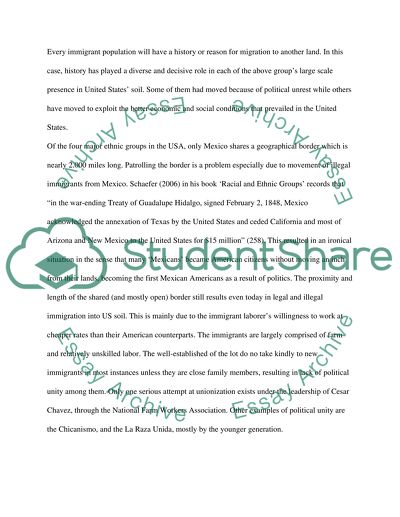Cite this document
(“Hispanic American Diversity Research Paper Example | Topics and Well Written Essays - 1500 words”, n.d.)
Retrieved from https://studentshare.org/miscellaneous/1555025-hispanic-american-diversity
Retrieved from https://studentshare.org/miscellaneous/1555025-hispanic-american-diversity
(Hispanic American Diversity Research Paper Example | Topics and Well Written Essays - 1500 Words)
https://studentshare.org/miscellaneous/1555025-hispanic-american-diversity.
https://studentshare.org/miscellaneous/1555025-hispanic-american-diversity.
“Hispanic American Diversity Research Paper Example | Topics and Well Written Essays - 1500 Words”, n.d. https://studentshare.org/miscellaneous/1555025-hispanic-american-diversity.


